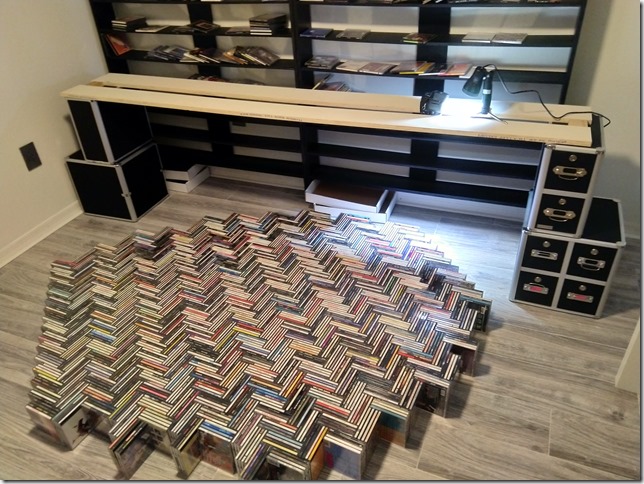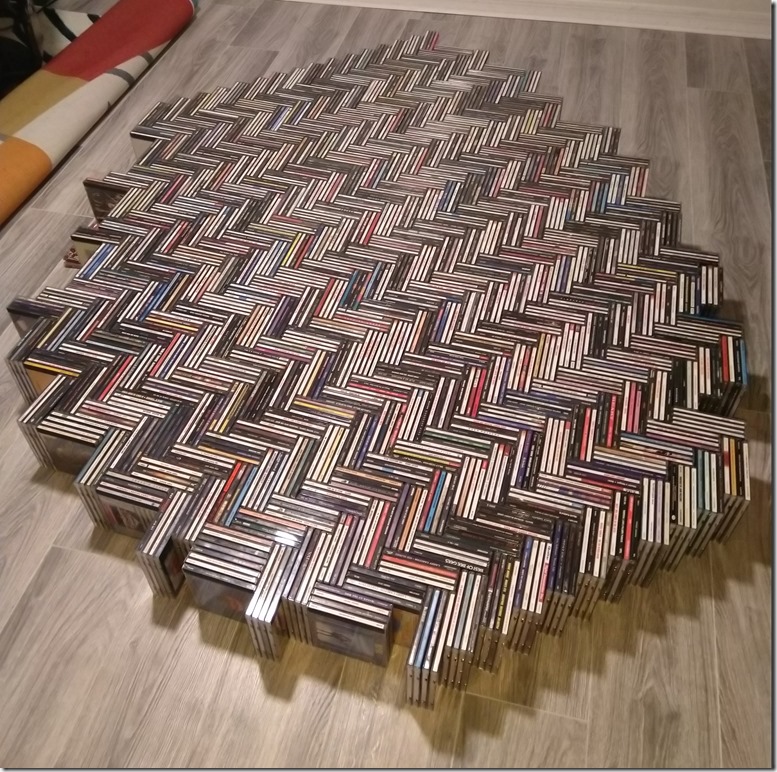I had a dream last night which gave me an idea that was very much in the spirit of the times. It’s no secret that the world we live in is the most unfair, inequitable, selfish, and greedy in generations. So, why not capitalize on it? So here’s my idea. Obviously, I couldn’t do anything like this for multiple reasons, not the least of which is morals. But if I was of that exploitive bent, I think this might actually work.
What’s hot right now? Renting. Why? Because no one can afford a house, even though rent is pretty much a house payment anyway, but for lots of other reasons, people can’t get a house. So, being a landlord is good. What’s even better is having high-end apartments, because even if people can’t afford to have a house, they still don’t want to have to live in, ugh, an apartment building. Temporarily displaced millionaires and all.
My design is a high-story building. Not like 30 stories high, just a moderate 10-12. It has a multi-level parking garage enough to house 2.5 cars per unit. 2 cars per unit, some overflow guest parking, and renters can pay for additional spaces. On the top floor of the building is a gym with inspiring views, and a restaurant serving breakfast, lunch, and dinner. Obviously, there is a resort-style pool and small dog park. Library, meeting/conference/party rooms, you know. All the stuff. So we’ve established this is a luxury apartment complex that’s essentially like living at a vacation resort. The rent doesn’t have to be outrageous, just in line with the amenities. The gatekeeping and exclusivity comes from a different source – the deposit.
To have a lease in this complex, you have to make a deposit of $20,000. Jaw-dropping, yes. Believable in this day and age, yes as well. Only the first one to do this will seem weird, then when it works, it will become normal. It’s happened over and over. Who would have thought people would be buying $1,500 phones?
Now obviously, this is a deposit, so you’ll get it back when you leave. I don’t know a lot about the rental industry, but I assume a rental company holds a percentage of the deposits they take in and uses the rest for working capital. It would be unlikely that there would be a mass outflow of tenants that would result in a "run on the bank", so to say. But that sort of working methodology just doesn’t sit right with me. That money is never yours and it’s a one-time boost, unlike the recurring inflow of rent payments. So in my business, the deposits are always 100% off-limits for business use.
So what do you do with that money? 120 units each with a $20k deposit is almost $2.5 million dollars. Well, you invest it! You put it in some safe income-bearing investment and the additional income from that investment is used to operate the business. Investing 2.4M with a 4% return will provide almost $100k a year, without compounding. Let’s consider what rent could be for such a high-end apartment. $1,500/mo? That would be $180k/mo in rental income, then an extra $8k/mo in investment income. That’s like having an extra 5 units paying rent.
And you know, the $20k deposit is still perfectly on point with the times. It keeps the "undesirables" out. So you’d have to have impeccable credit as well as a large hoard of cash to get into this building. And the exploitation of the tenants, even beyond what’s normal for rentals, is that the business gets to use the tenant’s capital for their own use. Shit, they could even sell it as a benefit to their renters, saying, "your deposit will be held securely so when you are ready to graduate to homeownership from renting, you’ll have a great source for your house’s down payment." Obviously ignoring the fact that the deposit is locked in a zero-interest account, while the apartment business is collecting the interest.
That just modern life in these dystopian times.



